These Skincare Products Don’t Live Up to the Hype, According to Dermatologists
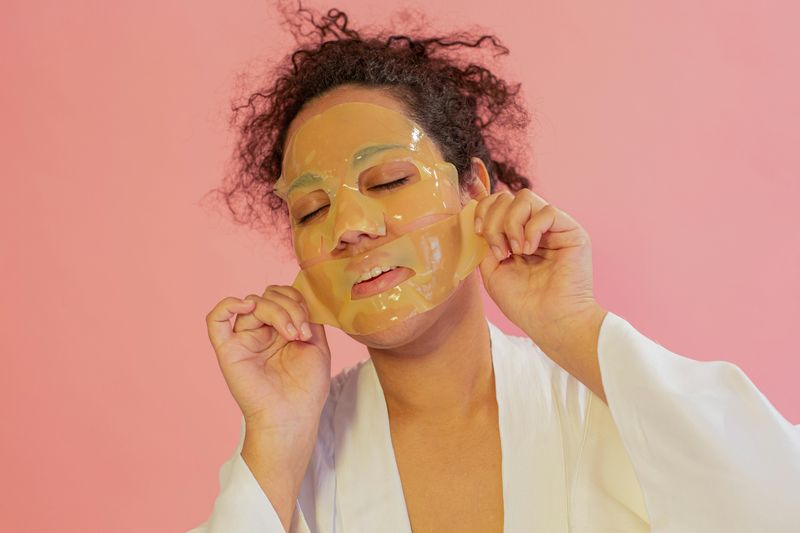
The skincare industry bombards us with countless products promising perfect skin, but not all deliver on their promises. Many items taking up space in your bathroom cabinet might be draining your wallet without helping your skin. I spoke with top dermatologists who revealed which popular skincare products don’t deserve your hard-earned money. Here’s their expert take on nine skincare items you should probably skip.
1. Nose Strips

Those satisfying peel-off strips promising to extract blackheads might feel rewarding, but dermatologists warn they’re mostly gimmicks. The temporary results don’t address the root causes of pore congestion.
Worse yet, aggressive pulling can damage your skin barrier, causing irritation and even broken capillaries around your nose. The strips often remove natural oils and hair follicles rather than actual blackheads.
Chemical exfoliants containing salicylic acid offer a gentler, more effective approach by dissolving excess oil and dead skin cells that cause blackheads in the first place.
2. Make-up Removing Wipes
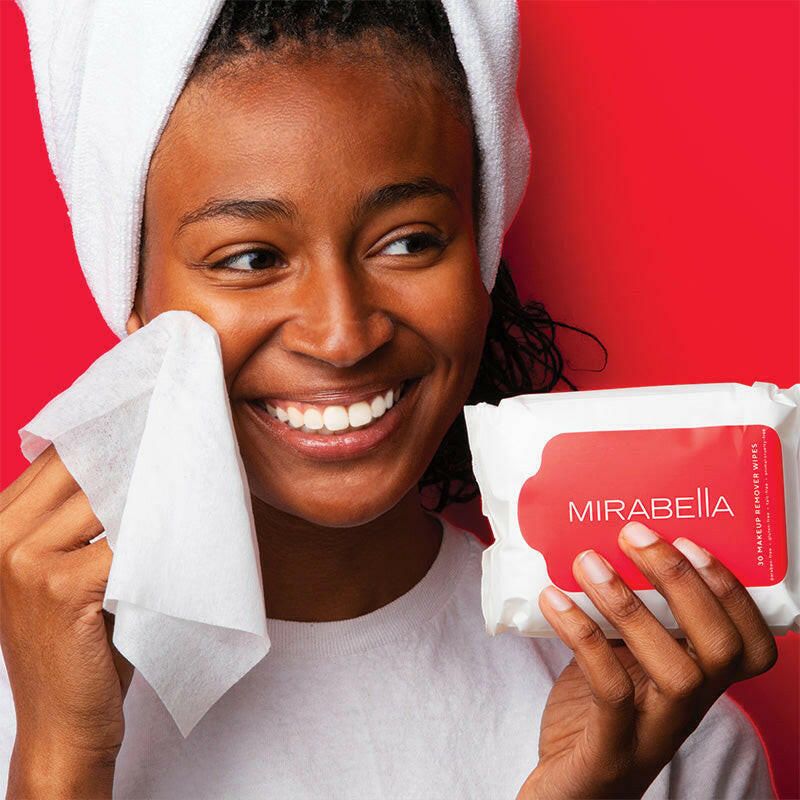
Convenient? Yes. Good for your skin? Absolutely not. Makeup wipes often contain harsh preservatives and fragrances that irritate sensitive skin. Their rough texture requires tugging and pulling, especially around delicate eye areas.
Most wipes merely smear makeup and dirt around rather than properly cleansing. The environmental impact is equally concerning – these single-use products create mountains of non-biodegradable waste.
Micellar water or cleansing balms remove makeup more effectively while being gentler on both your skin and the planet. Your complexion will thank you for making the switch.
3. Sheet Masks
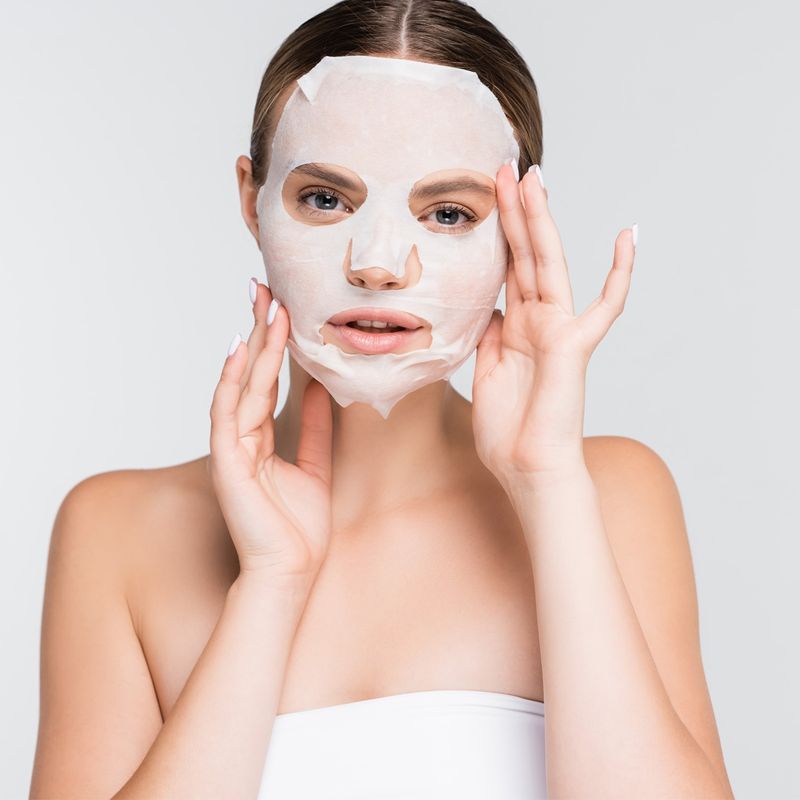
Despite their Instagram popularity, sheet masks rarely deliver transformative results. The serum typically contains high amounts of glycerin and water with minimal active ingredients – hardly worth $5-15 per application!
Many dermatologists point out that the mask material itself prevents proper ingredient absorption. Once removed, the beneficial effects typically disappear within hours.
Regular serums provide more consistent results at a fraction of the cost per use. If you enjoy the ritual, save sheet masks for occasional self-care rather than expecting meaningful skin improvements from these expensive single-use items.
4. Expensive Eye Creams

Marketing magic has convinced many that specialty eye creams justify their astronomical prices. The truth? Most $100+ eye creams contain nearly identical ingredients to your regular moisturizer, just in smaller, pricier packages.
The skin around your eyes needs hydration and protection, not mysterious proprietary blends. Studies show expensive eye creams rarely outperform more affordable options when it comes to reducing fine lines or dark circles.
Many dermatologists admit they simply use their regular facial moisturizer around their eyes. Save your money for products with proven active ingredients like retinol or vitamin C instead.
5. Facial Oils
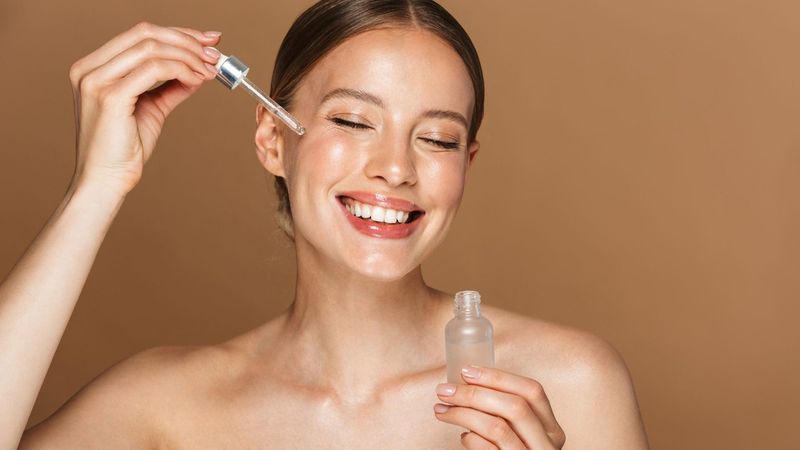
Luxurious facial oils might feel indulgent, but dermatologists caution they’re not suitable for everyone. People with acne-prone or oily skin often experience clogged pores and breakouts after using these products, despite claims of “balancing” oil production.
Many expensive oils contain fragrant plant extracts that sound natural but frequently cause irritation and allergic reactions. The molecular structure of most oils means they sit on top of skin rather than penetrating deeply.
For truly dry skin, humectants like hyaluronic acid followed by a simple moisturizer typically provide better hydration without the potential downsides of facial oils.
6. Skin Cleansing Brushes
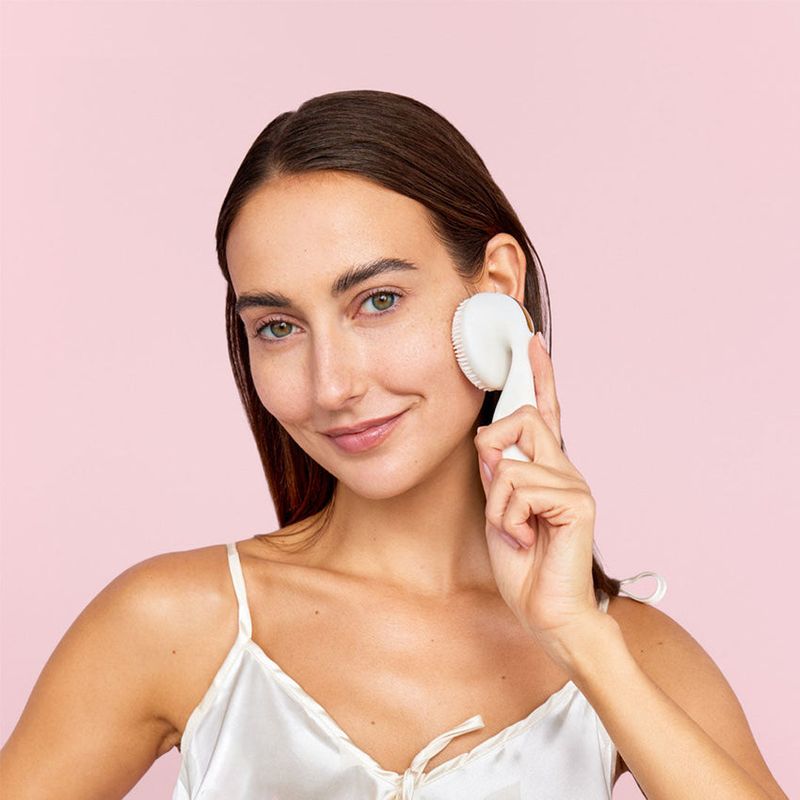
Remember when everyone seemed obsessed with vibrating facial brushes? Dermatologists have watched patients damage their skin barriers with these aggressive cleansing tools for years.
The bristles harbor bacteria between uses, potentially causing more breakouts than they solve. Even on the gentlest settings, these devices often provide excessive exfoliation, leading to redness, sensitivity, and micro-tears in the skin.
Your fingers or a soft washcloth provide perfectly adequate cleansing without the risk of irritation. If you’re after exfoliation benefits, chemical exfoliants offer more controlled results than mechanical scrubbing from brushes.
7. Anti-aging Moisturizers
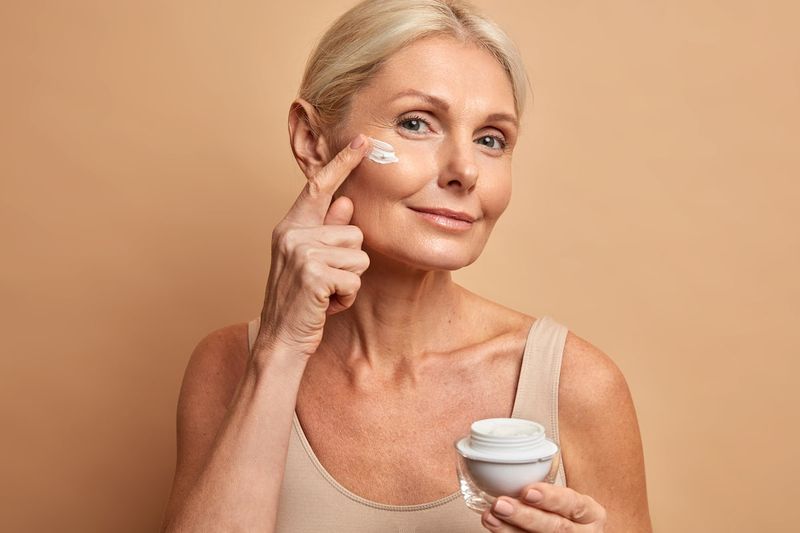
Those fancy jars promising to erase decades from your face? Mostly clever marketing. Basic moisturizers hydrate skin similarly to their expensive “anti-aging” counterparts, which often contain minimal active ingredients at ineffective concentrations.
True anti-aging ingredients like retinoids, peptides, and antioxidants work better in dedicated serums where they aren’t diluted. Moisturizers primarily function as sealants, not treatment vehicles.
Dermatologists recommend investing in a simple, fragrance-free moisturizer and separate targeted treatments with proven active ingredients. This approach costs less while delivering better results than all-in-one anti-aging creams.
8. Charcoal Masks
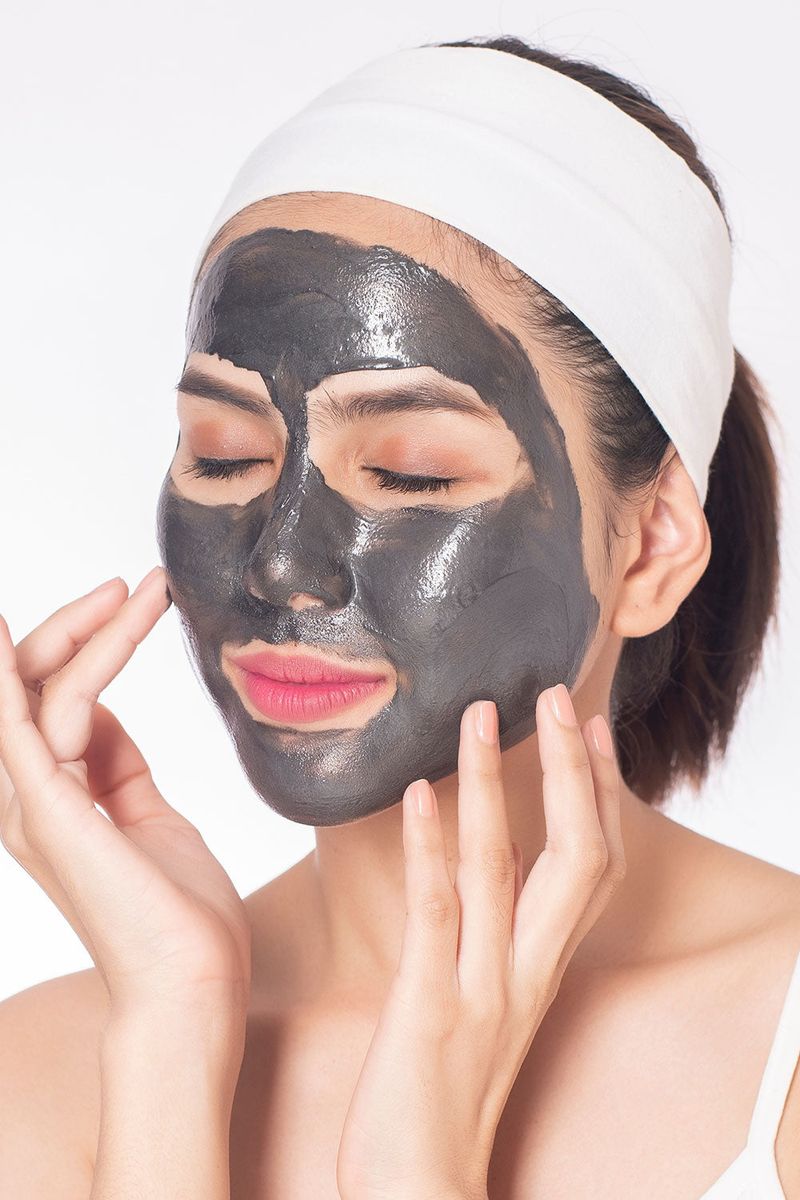
The dramatic black masks that peel off to supposedly remove “toxins” are more harmful than helpful. Dermatologists cringe at viral videos showing painful removals – that pain signals actual skin damage occurring!
The adhesive components that make these masks stick so dramatically can strip essential oils and disrupt your skin barrier. Many users experience redness, sensitivity, and even broken capillaries after use.
No scientific evidence supports claims that charcoal “draws out” toxins from skin. For deep cleansing, clay-based wash-off masks or chemical exfoliants containing BHAs provide better results without the painful removal or potential damage.
9. Physical Exfoliants
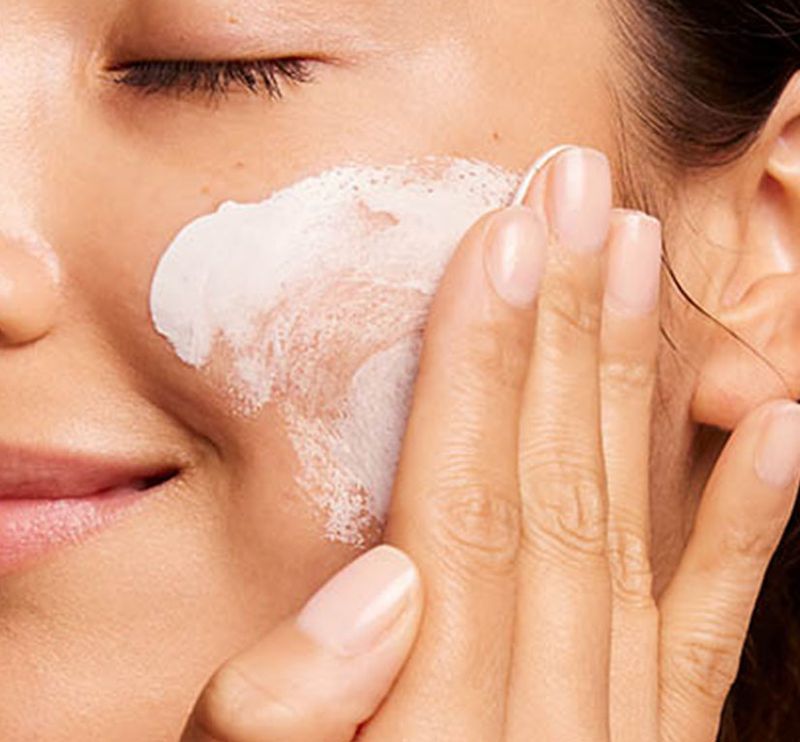
Those scrubs with rough particles promising to reveal fresh skin? They’re causing micro-tears you can’t see. Walnut shells, apricot pits, and even sugar crystals have jagged edges under microscopes that create tiny wounds on your skin surface.
These micro-injuries can trigger inflammation and actually accelerate aging over time. Physical scrubs often remove healthy skin cells along with dead ones, disrupting your natural barrier function.
Chemical exfoliants with AHAs or BHAs provide more controlled, even exfoliation by dissolving the bonds between dead skin cells rather than scraping them off. Your skin gets smoother results without the damage.

Comments
Loading…